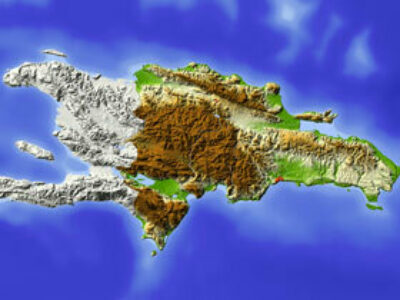



ASF has changed world pork trade
African swine fever has dramatically changed the face of international pork trade over the last five yearsEditor’s Note: This article is based on a webinar presented in March 2023 that is copyrighted by Informa Markets and the University of Minnesota. The individual speakers are solely responsible for their content and opinions.
Maria Zieba, Vice President of International Affairs, National Pork Producers Council, said that there are two main reasons why a foreign animal disease affects international trade. A country might fear getting the disease, so it will take precautions and stop exports from other countries if it doesn't understand the science or is reluctant to understand or follow international standards for regionalization, she said.
Another reason for halting exports is that a country may want to protect its own food security by not becoming too dependent on imports. This includes protecting its domestic industry, she said. This political decision has been used many times to prevent other countries from exporting to it, Zieba added.
ASF trade effects
In the last five years, as African swine fever (ASF) spread throughout Europe and into Asia, there has been a shift in global pork supplies and trade, Zieba explained.
China used to be a large customer for pork from Germany, importing USD $635 million in 2018. That's gone down to almost zero because Germany has ASF and China does not recognize regionalization, she said.
Zieba noted that this created a shift and other countries like Spain have taken the China market share away from Germany. Countries that still have market access to China include Denmark, Brazil, United Kingdom and the United States; countries that do not have ASF.
It doesn't mean that Germany is not exporting, she explained, it just means that they're not exporting outside the European Union (EU). Germany is backfilling for those EU countries that still export to China.
Another example of the shift in pork trade is Mexico, which has doubled its pork exports in the last five years. In 2017, Mexican pork exports were valued at USD $578 million. In 2021, Mexico exported pork valued at USD $1 billion, Zieba said.
“What we're starting to see is a lot more production of pork in the countries where they're ASF free and able to capitalize and export to countries where they hadn't been key players like China and other parts of Asia, like Japan,” she said.
This has also meant an increase in consumption of other proteins, Zieba noted. “As consumer prices for pork have increased in a lot of these ASF positive countries we've seen consumers shift to other protein sources like poultry or beef or seafood,” she added.
US: ASF free
The United States is one of the world’s top exporters of pork and pork products. In 2022 the US exported USD $7.6 billion dollars of pork to over 100 countries, Zieba said. She clarified that the US exports more pork to the 20 countries that it has free trade agreements with than to the rest of the world combined. For example, China is a large export market for US pork, even though there is no US/China free trade agreement, she added.
Zieba said that in the United States, the number one priority right now is preparedness and prevention of ASF. The US exports over 23% of its pork production and needs to do everything possible to make sure that ASF does not reach its shores, she emphasized.

Protection zone
The concerns about ASF reaching the US are very real since ASF is in the Dominican Republic and Haiti on the Caribbean Island of Hispaniola, Zieba said. However, the response from the USDA has been tremendous, she added. The Secretary of Agriculture has designated $500 million from the Commodity Credit Corporation for the preparedness and prevention of ASF.
“This is the first time that the USDA has ever put this much money into a disease before it reaches our shores. What the US government has been doing is not only putting money into shoring up our surveillance programs, but also making sure that the disease doesn't skip into the United States from the Dominican Republic and Haiti,” she said.
Most importantly, Zieba noted, the US has established a protection zone which is internationally recognized. This means that if a US territory like Puerto Rico or the Virgin Islands gets ASF, other countries would recognize that it is contained off the mainland of the United States, and the US would be able to continue to export product from the 48 continental states. This is the first time that the US and the pork industry have been able to do this, she said.
While the US government continues to do its part, including discussing regionalization, Zieba noted that the US pork industry must partner with the government. “That involves a lot of producer education. What should producers be looking out for? What can we do? We're discussing mandatory traceability as an industry and increased surveillance and have set up the Swine Health Improvement Plan, which would certify freedom from disease,” she remarked.
All of this in order “to continue to export our products to over 100 countries, without seeing too much of a breakdown in our system,” Zieba concluded.









